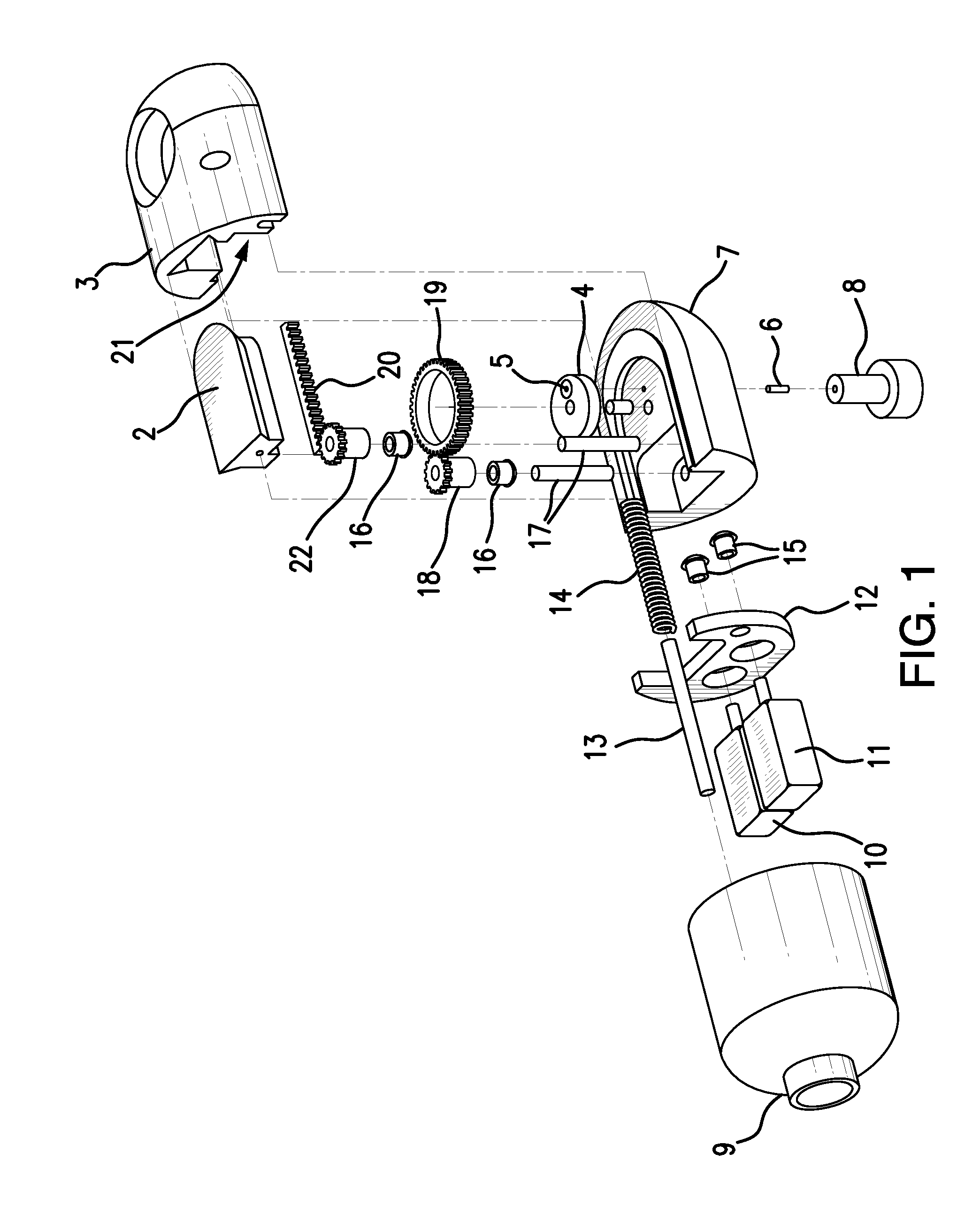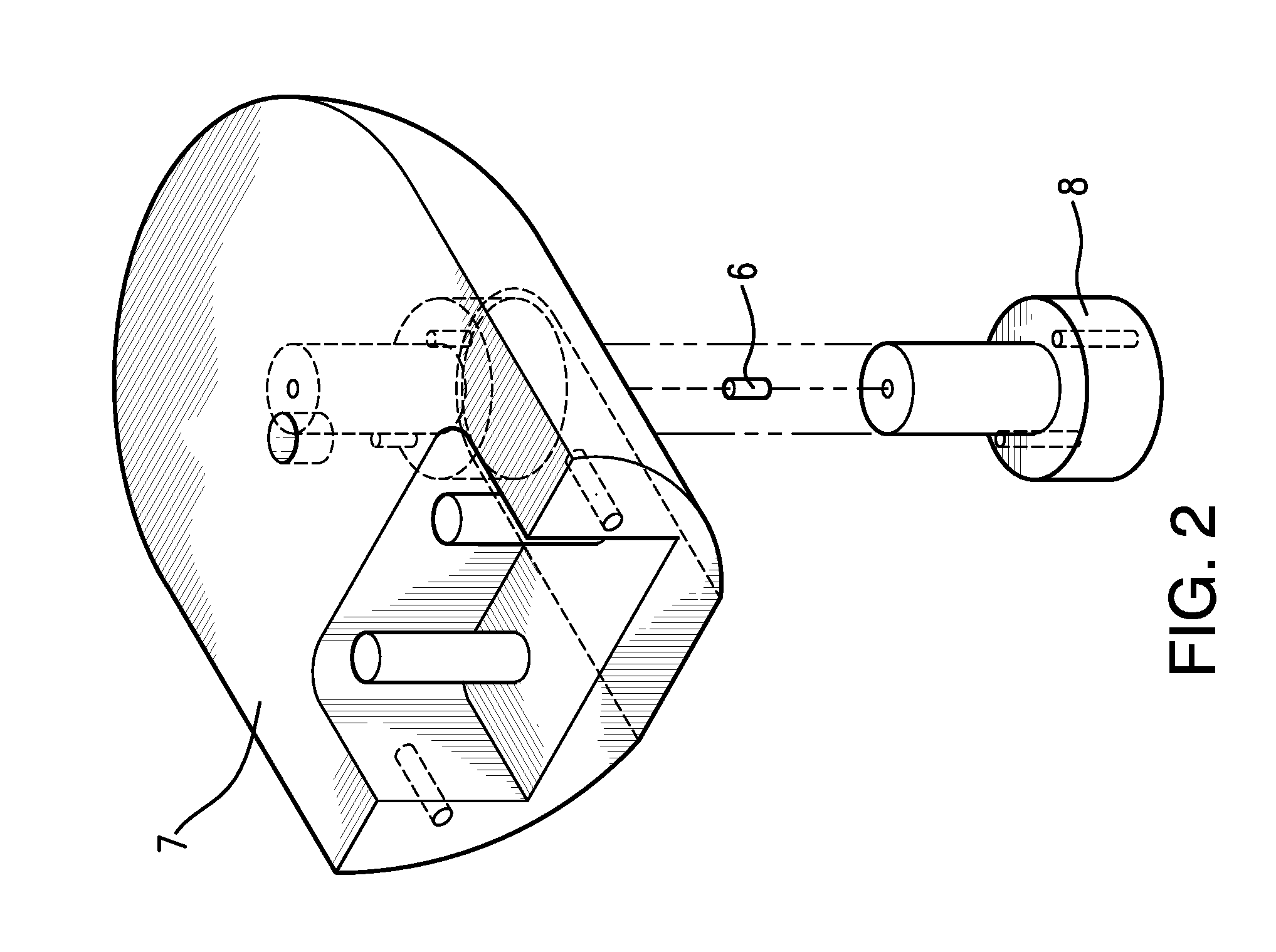Direct visualization Robotic Intra-Operative Radiation Therapy Device with Radiation Ablation Capsule and Shutter System
a radiation therapy device and robotic technology, applied in the field of radiation cancer treatment, can solve the problems of difficult to obtain what is referred to as a clear margin, difficult to achieve a clear margin, and often remain residual cancer cells, etc., to achieve the effect of improving outcomes, and avoiding the formation of secondary cancer
- Summary
- Abstract
- Description
- Claims
- Application Information
AI Technical Summary
Benefits of technology
Problems solved by technology
Method used
Image
Examples
example
Abdominal Tumor (Ovarian Cancer Stage IIIb)
[0104]Initially, the patient will be informed of the nature of the procedures to be performed in the treatment of the cancer. After being informed and after the patient acknowledges this information and gives her consent, the patient will be taken to the operating room and placed on the operating table in the supine position. Following this the patient will be anesthetized using general anesthesia supplied by the anesthesiologist.
[0105]After adequate general anesthesia is instilled, the patient will be examined under anesthesia to determine, if possible, the extent of disease. Following this, the patient will be prepped and draped in the usual sterile fashion and a sub-umbilical transverse incision will be made extending approximately 1-1.5 cm. Following this, a laparoscopic trochar with a TV camera in the bore will be advanced through the incision and under direct visualization into the peritoneal cavity. Following entry into the abdomen, ...
PUM
 Login to View More
Login to View More Abstract
Description
Claims
Application Information
 Login to View More
Login to View More - R&D Engineer
- R&D Manager
- IP Professional
- Industry Leading Data Capabilities
- Powerful AI technology
- Patent DNA Extraction
Browse by: Latest US Patents, China's latest patents, Technical Efficacy Thesaurus, Application Domain, Technology Topic, Popular Technical Reports.
© 2024 PatSnap. All rights reserved.Legal|Privacy policy|Modern Slavery Act Transparency Statement|Sitemap|About US| Contact US: help@patsnap.com










